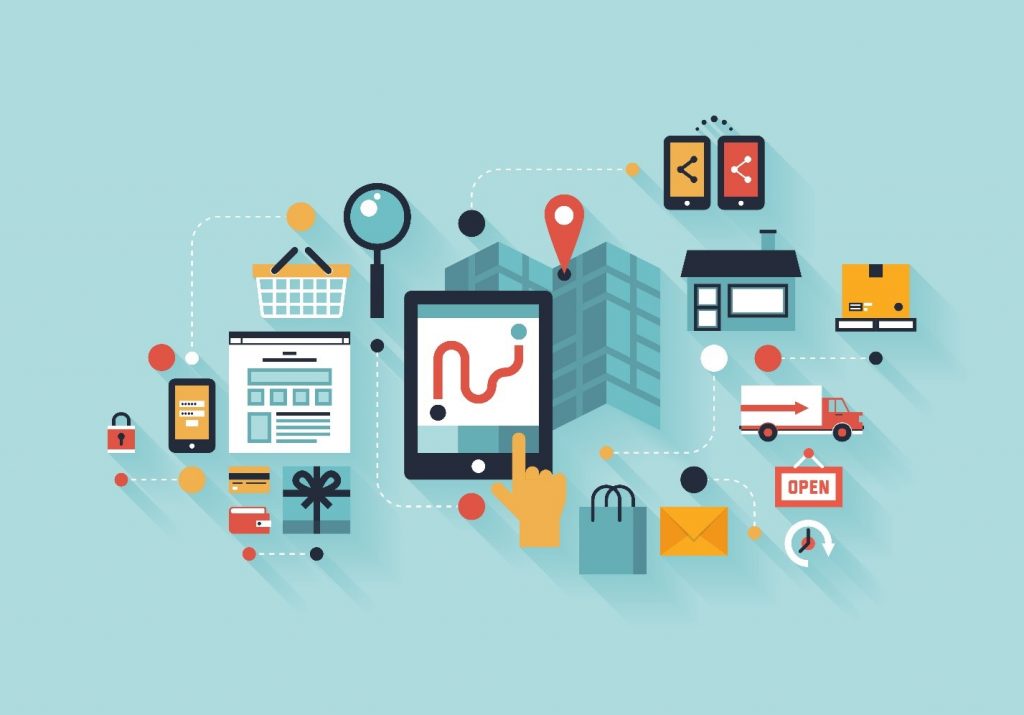Loyalty matters… enter embedded banking
Loyalty is critical to a brand’s success as it is a crucial driver for customer retention and growth.

Why is embedded banking so good as a potential loyalty booster?
However, building loyalty is becoming increasingly challenging as we continue to shift towards a digital world. With brand interactions becoming more concentrated on mobile phones and other devices, finding new ways to create stickiness and relevance to customers is essential.
This is where embedded banking comes in. It is well-positioned to help brands address customer pain points and drive loyalty.
Brands such as Starbucks, Amazon and Tesco demonstrate the power of loyalty and how formalising it into programmes can make a substantial positive impact.
Starbucks has leveraged its mobile app to make it easy for customers to earn and redeem rewards, driving engagement and loyalty. Starbucks Rewards allows customers to earn points for purchases, which can be redeemed for free drinks and food items. As of 2022, 27 million people had signed up for the programme.
According to Statista, Amazon has over 200 million people signed up for Prime, which gives customers a range of benefits, including free delivery and access to video content. Last year, for a research project, I compared Amazon to other shopping services for frequency of use. It is so far ahead of the rest of the market that you must conclude it is the go-to for many people when making purchase decisions. Prime is a massive factor in driving this behaviour.
Tesco’s Clubcard programme allows customers to earn points for purchases, which can be redeemed for discounts on future purchases or other rewards. It works. Take it from me, a loyal Clubcard holder. Most of our groceries come from Tesco; we watch those points closely!
So where does embedded banking fit? As brands look to find ways of creating more stickiness and relevance to their customers, many are working to identify customer pain points and looking at ways of addressing these. Often, the conclusion is that financial services offerings could be the answer. And the great news is that they do not have to build a bank anymore to get involved. Enter embedded banking (coming to a brand near you).
A great example is Metro AG, a German wholesaler with over 17 million customers. Based on customer research, it saw that margin squeeze was a pain point. With Banking-as-a-Service (BaaS) partner Vodeno, it launched a decoupled debit card that could work alongside customers’ existing banking relationships but added tangible value by offering 1% cashback. The net result is more loyal customers and a platform with which to roll out other products. Cash flow was identified as another biggie, so it followed up with a buy now, pay later (BNPL) product. Other examples include Uber’s financial services division which offers a range of services to its drivers and couriers, including a debit card, cashback rewards and real-time earnings tracking. Shopify, through Balance, also helps its merchants manage their finances. It includes a business debit card, a cash account and expense-tracking tools.
And Amazon Lending provides loans to small and medium-sized businesses (SMBs) that sell on its platform. The loans are based on the seller’s sales history and are meant to help them grow their business.
So why is embedded banking so good as a potential loyalty booster?
- Seamless integration: When a financial institution offers embedded banking services, it integrates its services directly into the customer’s day-to-day activities, such as their shopping experiences, money transfers or bill payments. By seamlessly integrating banking into their daily routines, customers are more likely to use those services and remain loyal to the financial institution providing them.
- Convenience and accessibility: By offering banking services directly within third-party apps or platforms that customers already use, embedded banking can make banking more convenient and accessible. This convenience can increase customer loyalty by reducing friction and making it easier for customers to manage their finances.
- Enhanced customer experience: Embedded banking can enhance the overall customer experience by giving customers more options and greater control over their finances. For example, a retail app that offers embedded banking might enable customers to split purchases into multiple payments, allowing them to manage their cash flow better.
- Customised offerings: Embedded banking offers opportunities to personalise offerings to customers based on their needs and preferences. Increased data and fidelity of data are two of its upsides. Utilising data wisely can turbocharge customer engagement.
As banks such as NatWest, HSBC and Starling move into the embedded banking space, they offer big opportunities for loyalty.
According to Tom Bentley, head of growth for BaaS at NatWest, “As we look at value creation, we believe embedded finance provides the utmost potential to enhance a brand’s overall experience and build loyalty directly with the consumer. Critically, we are focused on making it easier for brands and platforms to be available at the right moment with products that are both unique and meaningful for the end customer. This is underlined by our deep experience with the regulatory compliance and business processes needed to support this industry.”
Data ownership must be addressed upfront; the bank must be comfortable that they don’t own the customer and, therefore, may not control the data.
Ultimately, it all starts with customer understanding and identifying those pain points, so businesses must focus on listening to their customers.
About the author
 Dave Wallace is a user experience and marketing professional who has spent the last 25 years helping financial services companies design, launch and evolve digital customer experiences.
Dave Wallace is a user experience and marketing professional who has spent the last 25 years helping financial services companies design, launch and evolve digital customer experiences.
He is a passionate customer advocate and champion and a successful entrepreneur.
Follow him on Twitter at @davejvwallace and connect with him on LinkedIn.











































